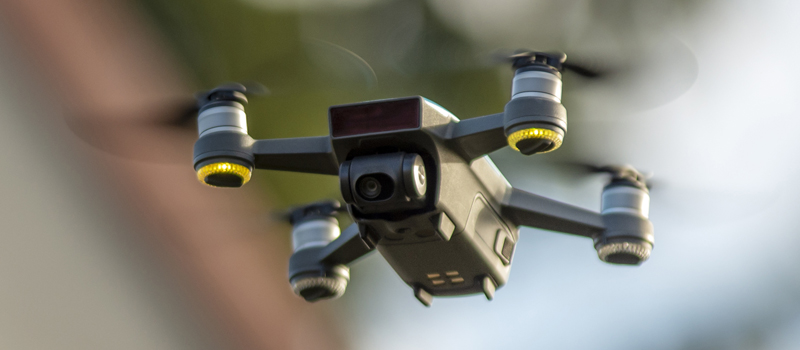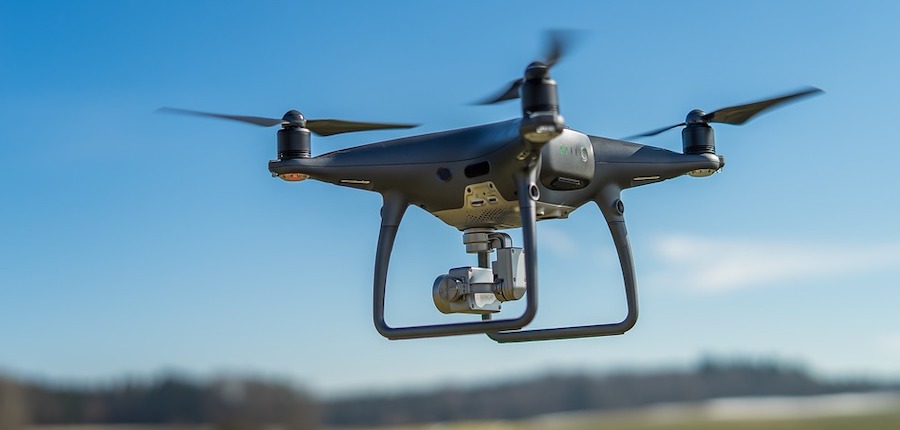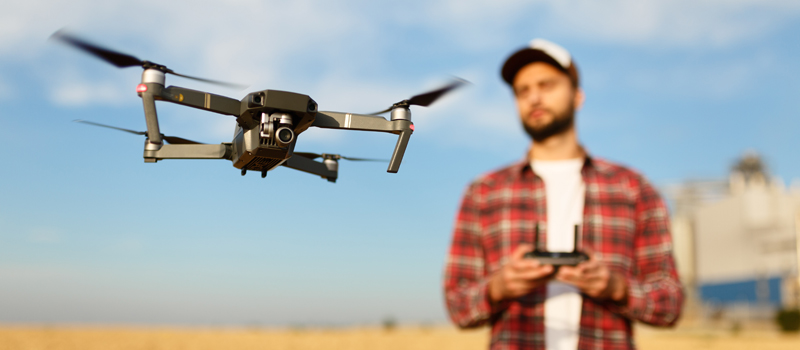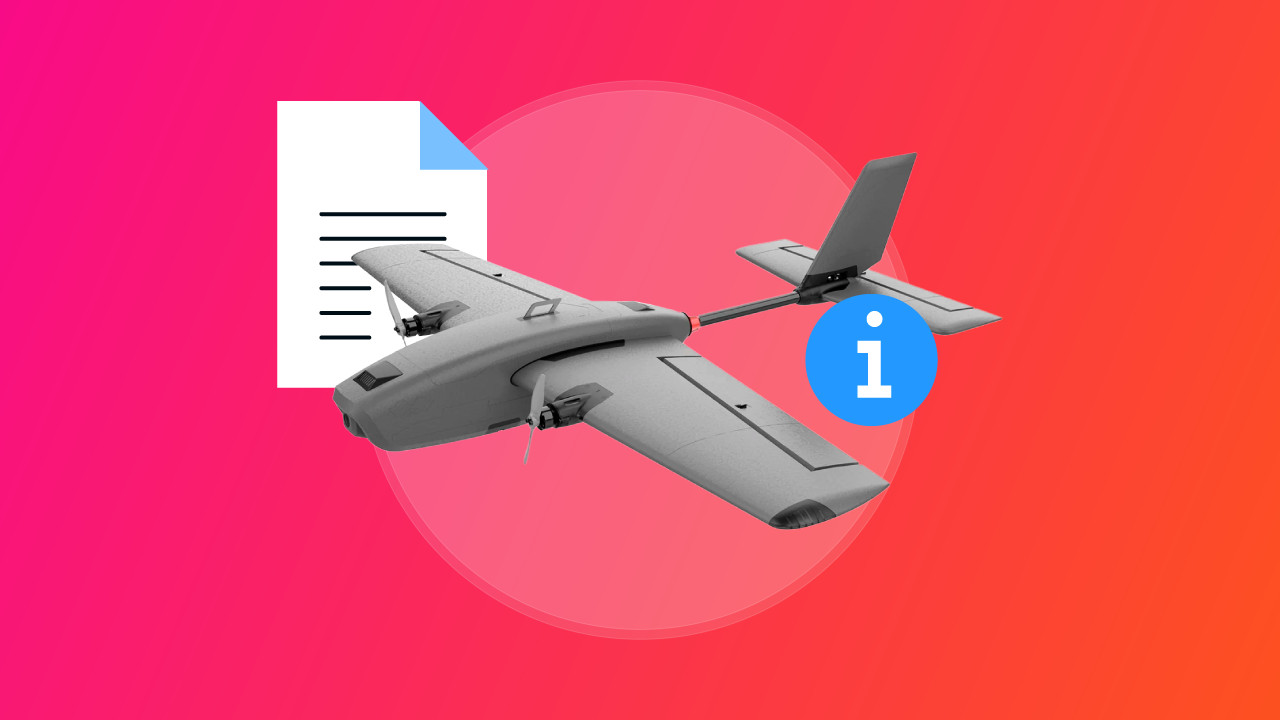In the last few years, drone pilots have benefitted greatly from the Low Altitude Authorization and Notification Capability (LAANC) system. This allowed drone pilots to request authorization to fly in controlled airspace and receive a response almost instantly.
However, having access to LAANC does not mean that you will be able to fly in every single patch of controlled airspace. In this article, we will be focusing on a special case –zero-grid airspace. How can you get the authorization to fly in zero-grid?
What is zero grid airspace?
To understand the concept of a “zero-grid airspace”, we must first know how the LAANC system works. When accessing LAANC through a compatible app, you will be presented with an airspace map that is divided into grids. You will have to specify which grid segments to apply for when requesting authorization.
Dividing the airspace into grid segments allows the FAA to control the level of authorization that can be granted to drone pilots. For instance, grid segments close to airports have lower altitude ceilings to account for higher traffic of manned aircraft. As you can imagine, areas closer to airports have more restrictive conditions.
‘Zero-grid’ airspace thus indicates a LAANC grid segment where the altitude ceiling is set at zero feet. This means that drone flight in these grid segments is, by default, prohibited.
How to secure zero grid authorization
The first thing you need to know is that authorization to fly drones cannot be secured through the LAANC system. Instead, you will have to go through the more old-fashioned route of applying through the FAADroneZone website. If you’re a Part 107-licensed drone pilot, you should already have an FAADroneZone account.
When you log in, navigate to the Part 107 tab and look for the button for waiver and airspace authorization requests. Take note that you will be applying for an airspace authorization and NOT a waiver. The button should take you to a form that you will need to fill out.
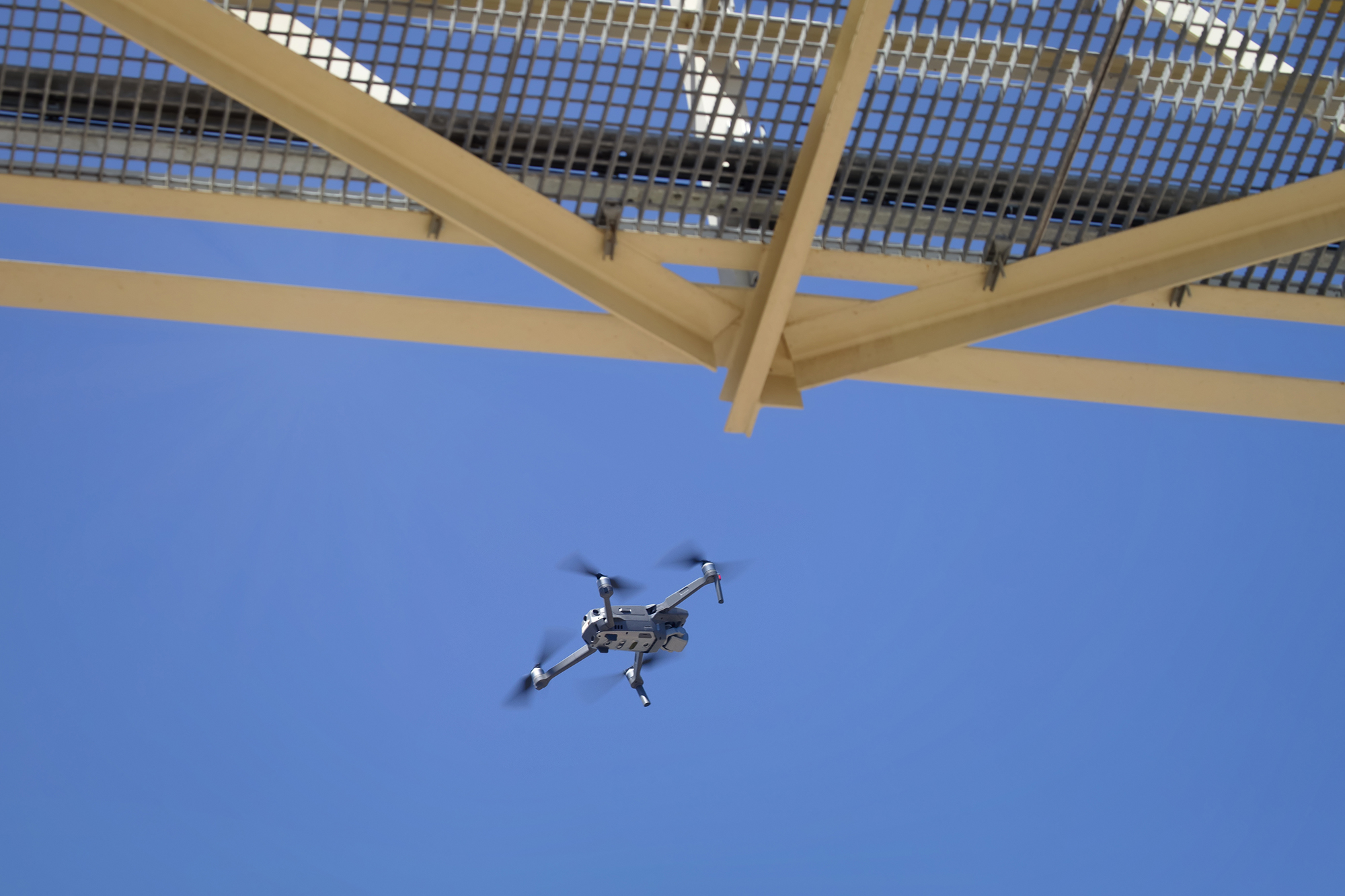
You will then have to provide the details of your proposed flight such as when it will take place, its location, and a descriptive title of the operations. You will also have to specify how frequent your operations will be and what time of the day you are proposing to fly. This is not a new process. Before LAANC was around, there was no other way for Part 107 drone pilots to request airspace authorization.
One of the most crucial pieces of information you need to provide will be the actual location of your proposed operations. You will have to provide the coordinates of your proposed area as well as a radius range. You may also upload a KMZ or KML file as an attachment to specify the actual area of operations. An attachment can greatly beneficial as it is highly preferred by the FAA.
Take note that you will be flying in airspace where there is no pre-determined altitude ceiling. This means that you will have to establish a ceiling for your proposed operations. We recommend setting this as low as possible for you to get the job done. Setting it close to 400 feet is an almost certain way for your request to get rejected.
You should receive a confirmation email right after submitting your application. The actual review process can take several days. If you’re flying near a particularly busy airport, there’s a chance that the review will take longer. To play it safe, we advise setting a lead time of at least two weeks for commercial operations in zero grid airspace.
Take note that there is a chance that your request will be denied by the FAA. This is likely to happen if the FAA deems that you have not provided enough information in your request. Being as detailed as possible will greatly improve your chances of being granted the authorization.
Can I fly in zero grid airspace as a recreational flyer?
The privilege to request authorization to fly in zero grid airspace is currently only available to Part 107 licensed drone pilots. The airspace authorization and waiver tab in the FAADroneZone website is not accessible to recreational drone pilots.
Recreational drone pilots, on the other hand, are free to use the LAANC system to request airspace authorization in areas that are not zero grid.
What if the airport isn’t in LAANC yet?
As of May 2021, the LAANC system can be used to request airspace authorization for 732 airports and 538 facilities. Although this coverage has grown huge over the years, it is still not 100% comprehensive.
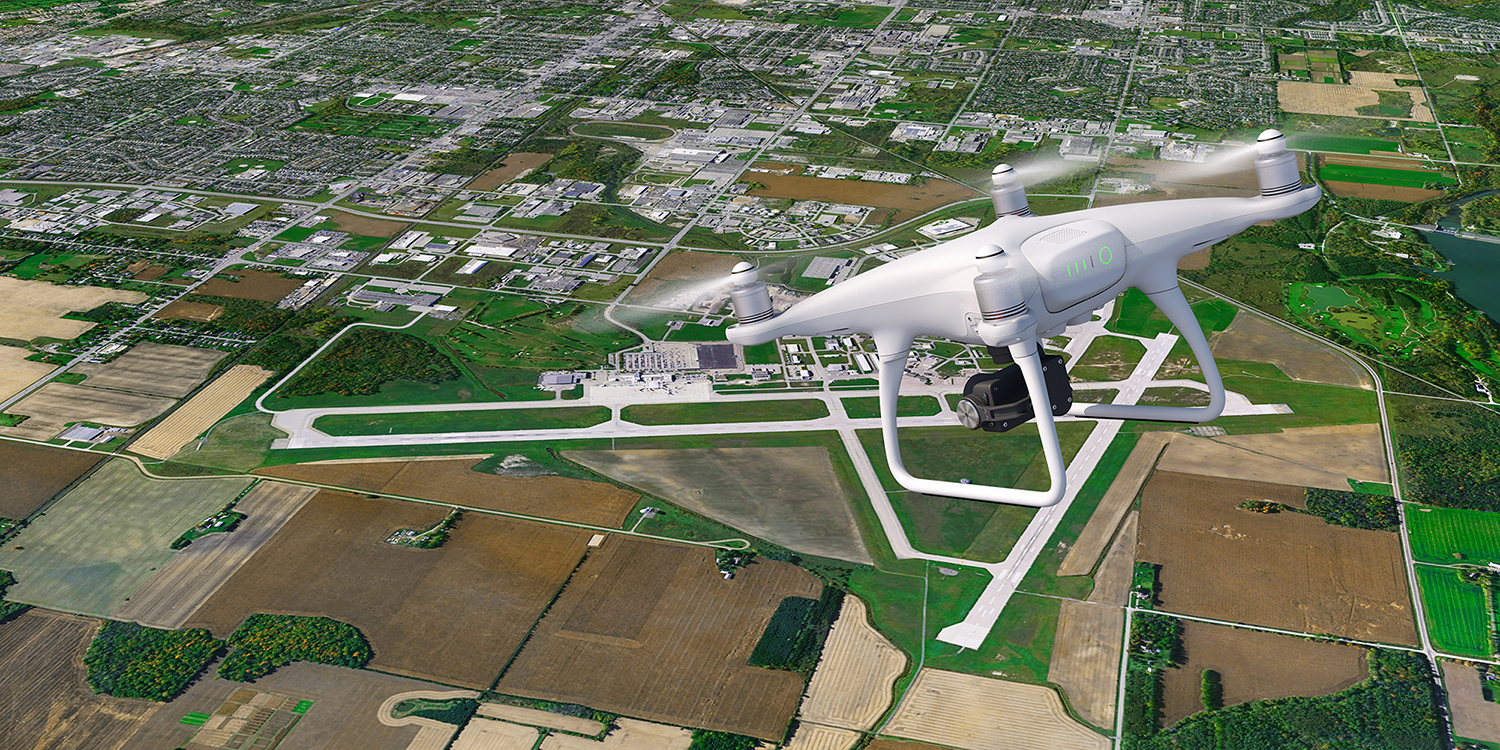
Should you need to fly near an airport that is not covered by LAANC, you will have to request airspace authorization through the FAADroneZone website. This will follow the same procedure as the one we have outlined above for zero grid airspace. Again, recreational drone pilots are locked out of this option.
If you’re using a DJI drone…
If you’re flying a DJI drone with the GEO feature, then there’s likely an additional step you need to take before flying in zero grid airspace. This is because the native geofencing feature of modern DJI drones will prevent you from even taking off in areas that are restricted based on their own Flysafe Geo Zone map.
To unlock a No-Fly zone for your DJI drone, you must first secure the relevant FAA airspace authorization. You will then have to do a Custom Unlock using your DJI account. This can only be done through the DJI website, so we recommend doing this a day or two before your planned operations.
A Custom Unlock is required for areas that typically require authorization outside of DJI jurisdiction. This condition applies to zero grid airspace. To do a Custom Unlock, you will need to provide a copy of proof of authorization from the FAA as well as the details of your planned operations and the serial number of your DJI drone. Approval for a Custom Unlock request can typically be provided within an hour.
Final thoughts
Zero grid airspace represents the areas in controlled airspace that have the highest level of restrictions. The FAA has good reasons for establishing zero grid airspace as these areas typically receive very high aircraft traffic. For this reason, drone flight in zero grid airspace requires a higher level of control than the rest of controlled airspace.
The only bad news here is that process of getting airspace authorization requires a bit more work and time. Seasoned drone pilots are no strangers to applying for authorization and waivers from the FAADroneZone website. The measure may be tedious, but it is necessary – at least, for now.
An area where we would like to see improvement is in the redundancy of requesting for both FAA authorization and DJI GEO unlock. Given the number of DJI drones owned and operated in the US, we believe that this is a matter that needs to be addressed.
The best option would probably be for DJI to work together with the FAA so that their systems are well-synced enough that drone pilots no longer need to take extra steps. After all, the information that DJI requires for Custom Unlocks is the same one that the FAA asks for in granting airspace authorization requests. In 2021, red tape like this needs to be done away with.
